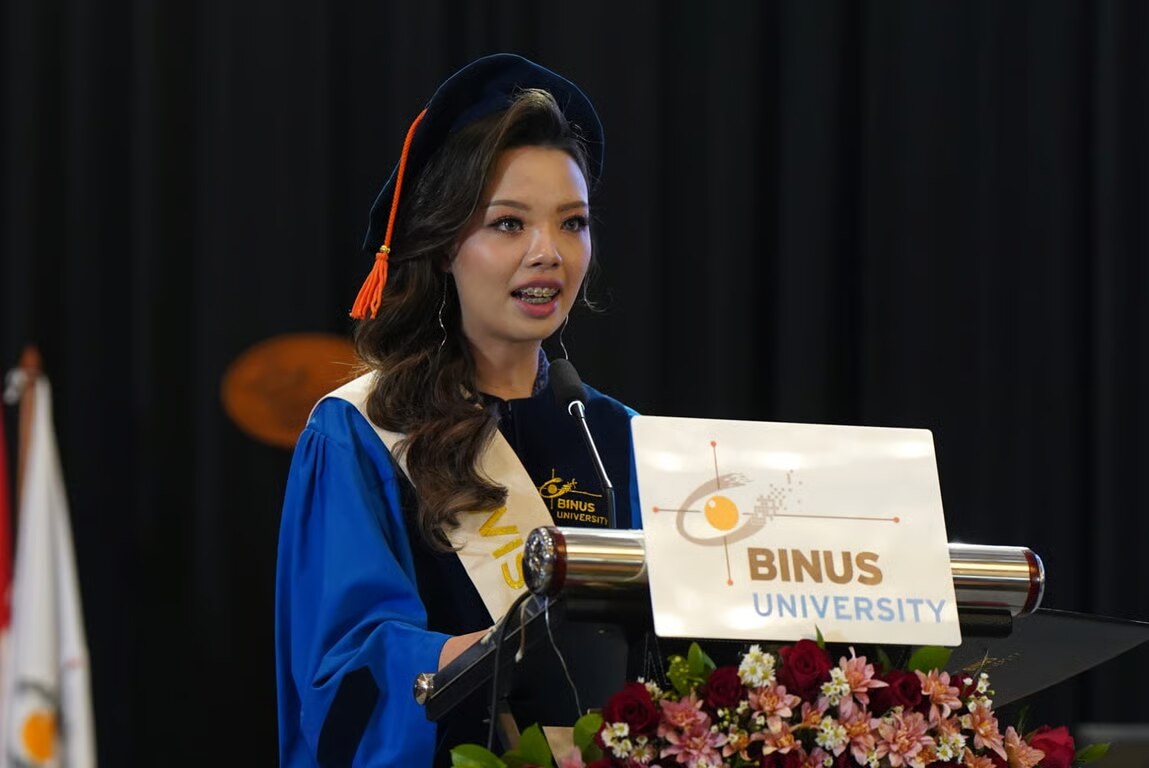This is the first installment of the four-part series of Media and Information Literacy Education in the Philippine Classrooms. This article analyzes the integration of Media and Information Literacy (MIL) in the Philippine curriculum. It also focuses on the challenges, strategies, and successes in teaching the subject to senior high school students.
In Finland, its government integrated high-quality standards for Media and Information Literacy in order toaddress the Russian government’s misinformation campaign. They acknowledge that the proliferation of fake news will always exist. They knew that they could not stop propaganda that sought to sow division. Hence, the way to resolve such issues is to develop critical thinking skills. After all, Finnish people will read that misinformation anyway. That is why this skill set is no longer a luxury, but a necessity.
This is the scenario that the Philippines wants to avoid. This is why MIL has been made a core part of its Senior High School curriculum. They knew that teaching the youth MIL headstart would prevent them from becoming misinformed adults in the future.
However, what does this mean for students and teachers, and what challenges lie ahead?
Impact of MIL on Students and Teachers
In the short term, the benefits will not be that obvious. However, in the long term, the students and the country as a whole will reap what they have sown. From the perspective of the students, they will have the necessary critical thinking skills to evaluate the correctness of information through cross-researching credible information sources. Moreover, critical thinking skills could be used in other facets of their lives like general life skills where using their common sense will be the norm.
In the grander scheme of things, this education they got from MIL instruction will prepare them for voting for the right candidate through the campaigns and biographies that they could get. They can also participate in national issues that the nation faces.
On the other hand, the benefit that the teacher will get from teaching Media and Information Literacy among students is that they could have a higher bargaining power to provide their schools with IT supplies and additional certifications that will upskill them. After all, they are the ones who will ensure the success of the said program.
However, it is all theoretical unless the government funds MIL education. The goal is to develop well – informed citizenry through critical thinking. This can only be achieved when there is the right accommodation of infrastructure, resource allocation, and policy interventions because implementing MIL is expensive and labor-intensive.
As mentioned in the last series, the Philippines has huge economic disparities wherein it presents a stark digital divide. It is always up to the government on how to tackle these issues.
Overcoming Hurdles in MIL Education
Like any new initiative, teaching MIL has its challenges. These include:
• Lack of Teacher Training: Teachers lack the confidence to teach this subject due to a lack of specialized training and resources. Understandably, they will face that difficulty since MIL education is just a new subject matter. To bridge this gap, the Department of Education (DepEd) partnered with NGOs to offer workshops and mentorship programs to teachers so that they could be proficient in teaching the subject.
• Curriculum Overload: The Philippine curriculum is stuffed with several subjects that it impossible to focus on MIL education. For this reason, some schools are creatively integrating MIL into existing subjects like English and Social Studies. This may seem an efficient way to teach MIL but to address this issue, the education department must decrease the subject loads of each student. After all, it is the improved skill sets of critical thinking, writing, and reading that matter, not the contents themselves since they may be obsolete in the future.
• Digital Divide: Limited access to technology in rural areas and poor communities remains a hurdle. Nevertheless, programs that opt for gadget distribution, and internet connectivity among far-flung places are the ones that level the playing field.
• Teacher Shortages: Sadly there are too many students in schools but not enough teachers who can educate. The lack of teachers, especially in remote areas, adds another layer of complexity. Some schools are addressing this by embedding MIL topics into other subjects, reducing the need for specialized teachers. However, the real kicker to solve this issue is to increase teacher’s pay so prospective teachers will be incentivized to teach.
Innovative Solutions for MIL in the Philippines
The government could adapt the following policy recommendation:
• Curriculum Upgrades: This does not mean adding subjects or making the courses more difficult than they are but adapting educational gold standards that aim to bolster education such as integrating critical thinking skills in classrooms rather than rote learning. This will complement MIL classes.
• Teacher Development: Investment allocation towards teacher training will empower educators to deliver high-quality MIL instruction. These include subsidies on gadgets and specialization towards MIL instruction.
• Bridging the Digital Divide: Efforts to expand digital infrastructure and provide students with the tools they needwill continue.
• Global Inspiration: The Philippines can draw inspiration from countries like Finland and Canada, which have successfully integrated MIL into their education systems.
Empowering the Next Generation
Teaching Media and Information Literacy is not just about preparing students against the tides of the digital world. It’s about empowering students to become critical thinkers, responsible media consumers, and active participants in a global society. The journey is a long hurdle, but the commitment to MIL education in the Philippines is a testament to the nation’s dedication to preparing its youth for the challenges and opportunities of the digital age.
This press release has also been published on VRITIMES






